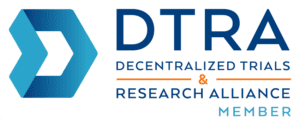The year is 2020 – you’re running a clinical research site and realize your workflow is still primarily running off paper systems. Files are overflowing your workspace, paperwork is getting lost between your site staff and doctors, and before you know it, you’re stuck in a paper vortex!
Has this ever happened to you? The reality is that the vast majority of the clinical research industry still mainly works with paper systems. Paper has been the standard for regulatory processes for years; however, many research organizations now realize the benefits of transitioning to paperless clinical research systems. Let’s go over the top 5 reasons why your site should be taking advantage of these paperless systems!
- Using paperless clinical research systems lowers the risk of inefficiencies and inaccuracies. These oversights are caused by several reasons including the delay in data receipt and review by the Sponsor or CRO, time and travel expenses of on-site review of source and regulatory documentation, or the higher probability of transcription errors from source to EDC.
- Reduce redundant, non-Part 11 compliant, storage systems to store document copies by switching to a Part-11/HIPAA compliant eDOCS Sites can easily manage all their study records electronically while maintaining inspection readiness during the entire process (no clutter involved!).
- Decrease enrollment times and increase patient experience. RealTime-CTMS allow sites to input accurate and full medical histories directly into the software before and/or during patient visits. Track study progress, milestones, financials, and more, all within an easy-to-navigate paperless portal!
- Increase organization and collaboration amongst site staff by adopting mobile devices. Stay organized with collaborative calendars, instant notifications, and study alerts. Now, you can take your source/study documents anywhere and always stay notified!
- Decrease opportunities for poor clinical practices. Paper-based central files such as staff professional documents (Licenses, CVs, Certifications), and equipment calibration records can be kept electronically, allowing staff to update their documents when they are expiring. Audit trails can also make monitoring site staff and study activity more effortless than ever.
Making the switch to paperless clinical research systems will ultimately increase efficiency, accuracy, quality and reduce operational costs. Advancements in technology and newly adopted site-centric approaches are making it possible for these paperless systems to improve the workflow benefitting all parties (Sponsors, Sites, CROs, IRBs, and the FDA).
At RealTime, Your Success is Our Success! If you would like to learn more about going paperless, call (210) 852-4310 or fill out a CONTACT FORM!






